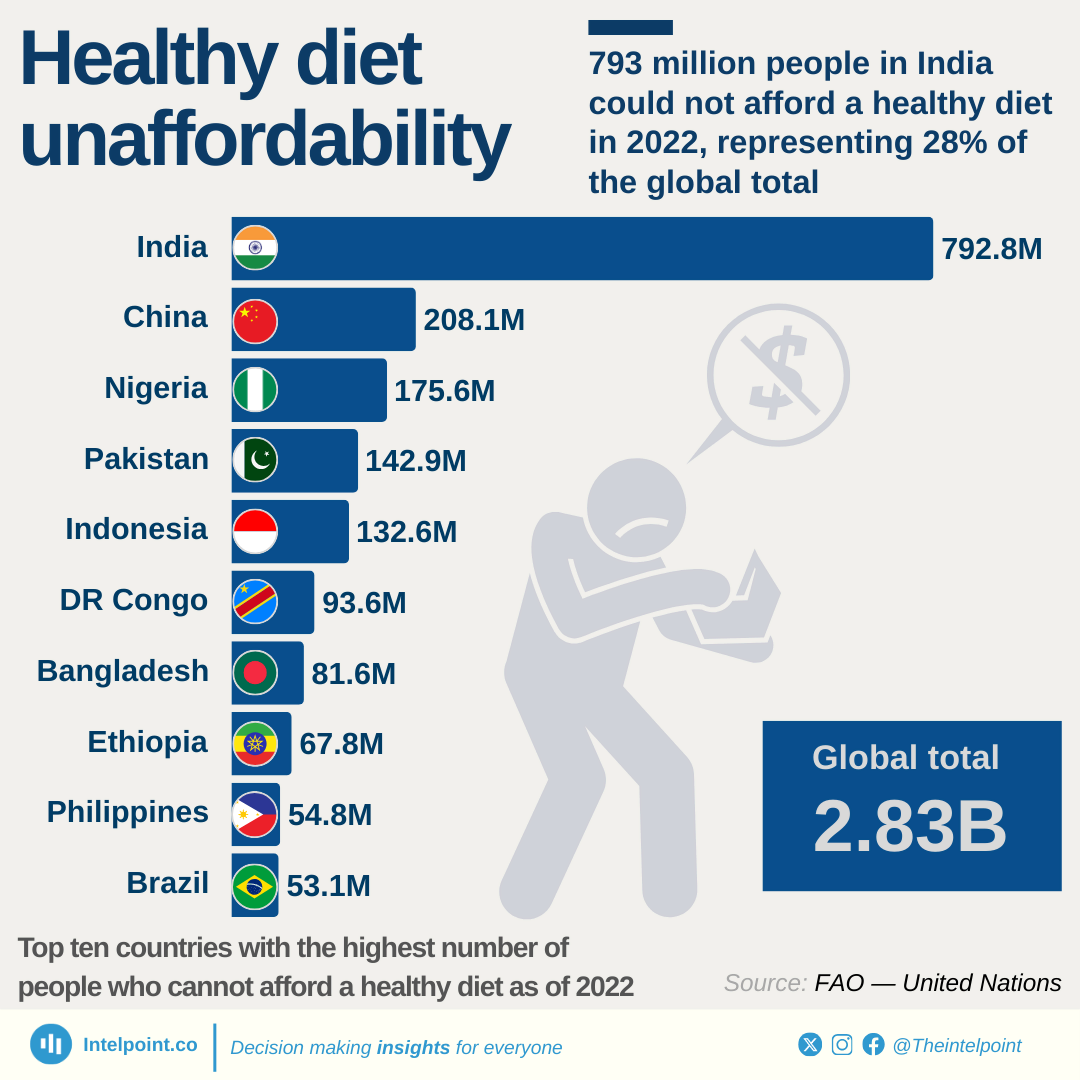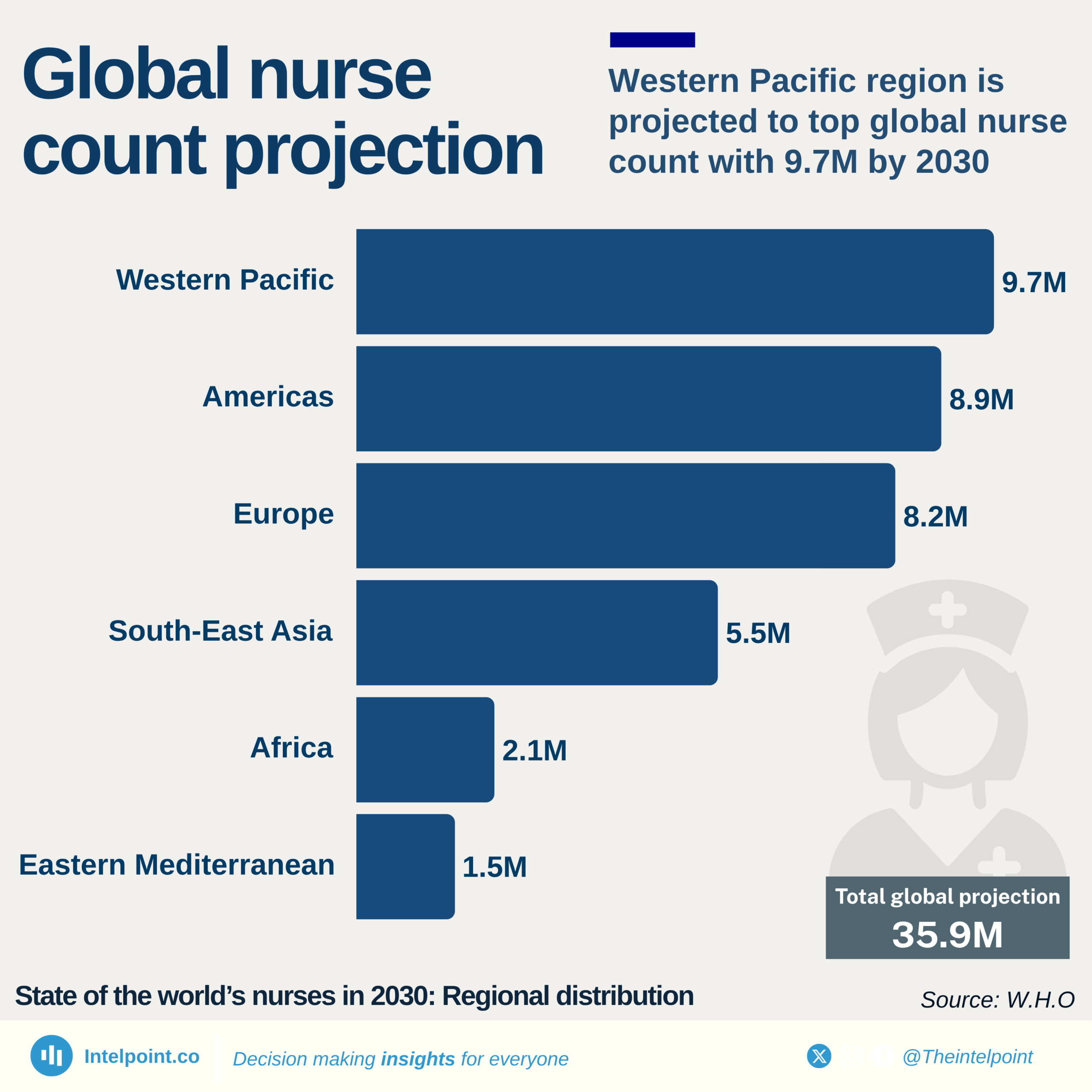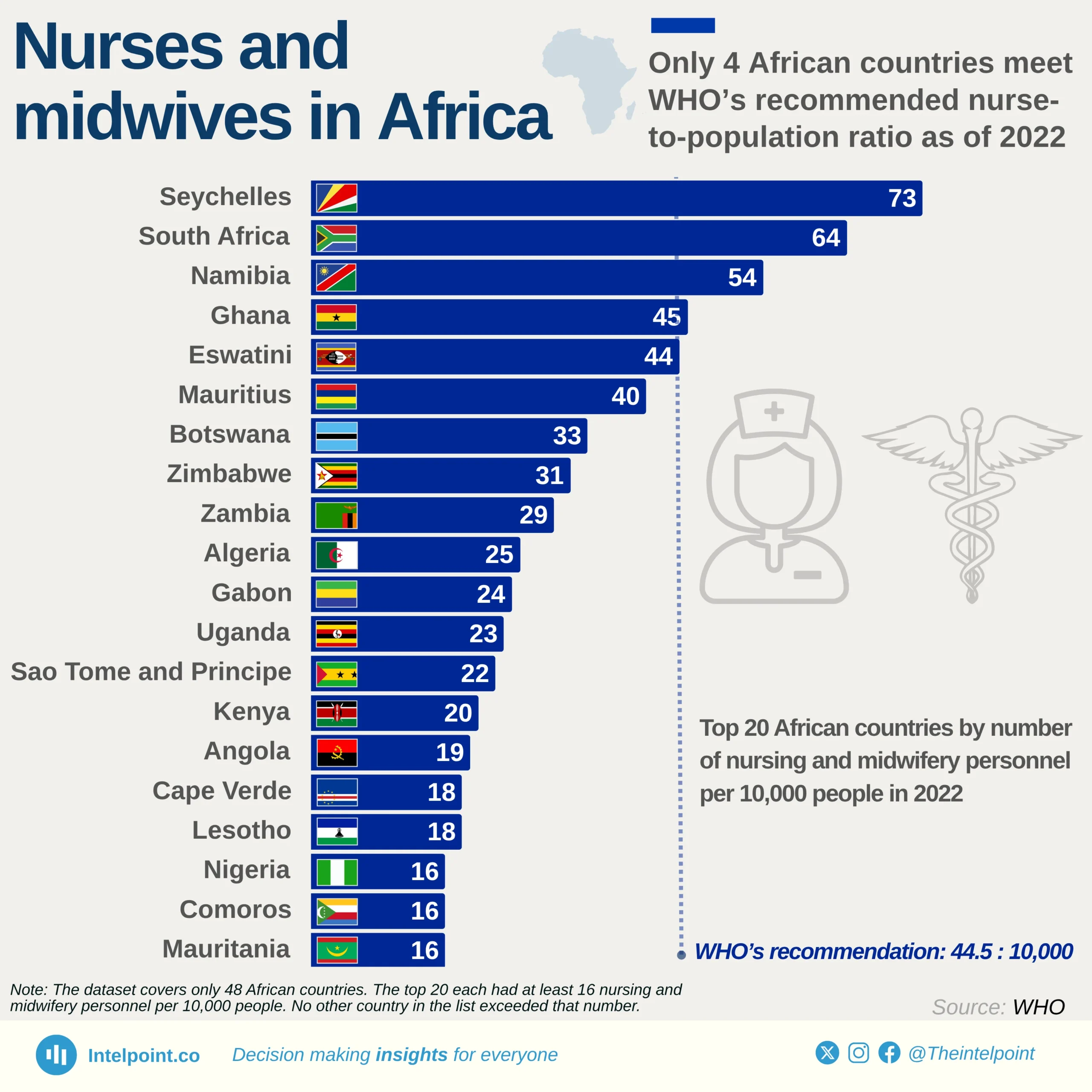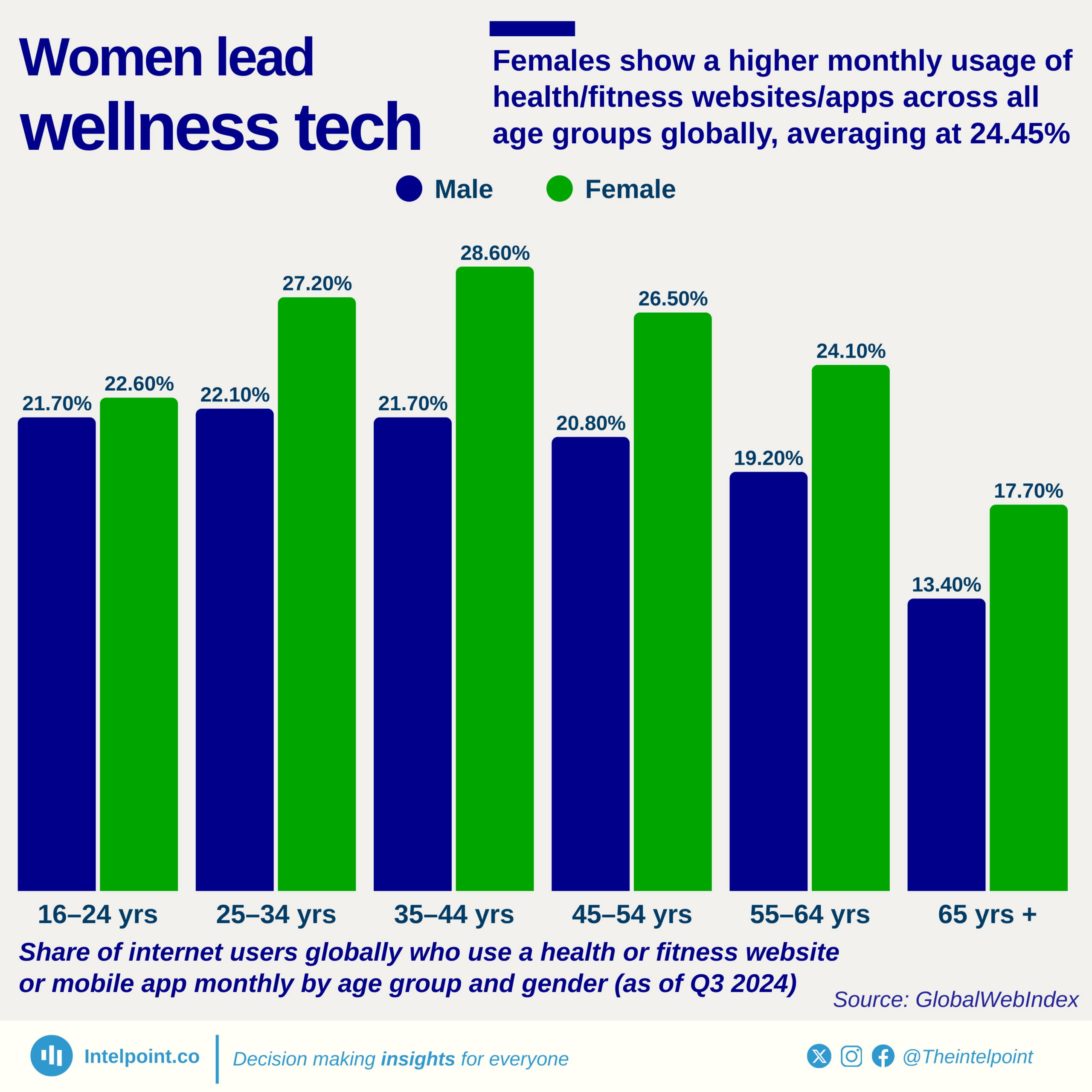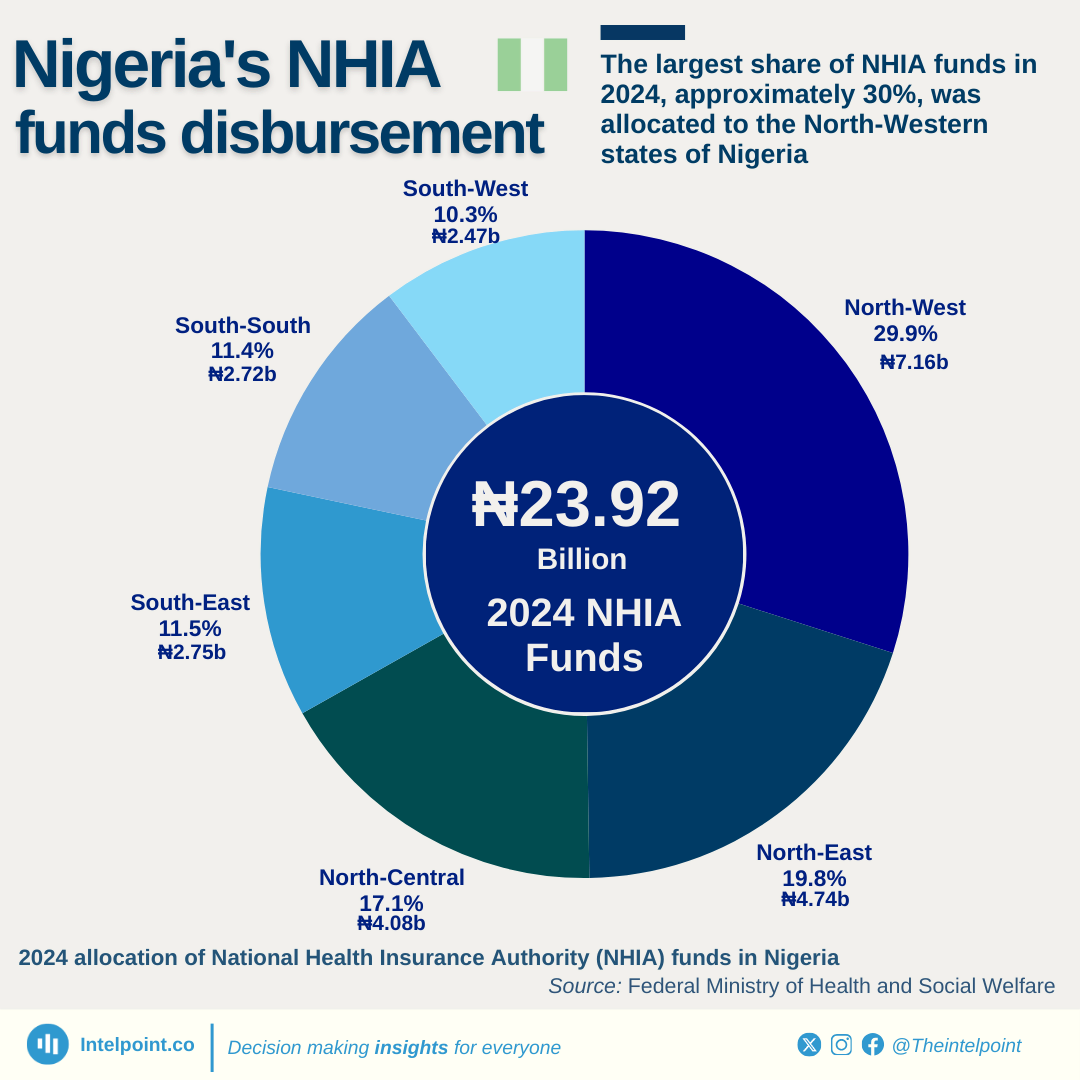Key takeaways:
In 2024, the Federal Government of Nigeria disbursed ₦21.51 billion to states through the National Primary Health Care Development Agency (NPHCDA) Gateway, aimed at strengthening primary health care systems across the country.
Kano State received the largest share at ₦1.23 billion, followed by Katsina and Osun. Notably, Osun and Oyo each received over ₦832 million, highlighting significant allocations to Southern states. Other Southern beneficiaries among the top ten included Anambra, Akwa Ibom, and Imo.

